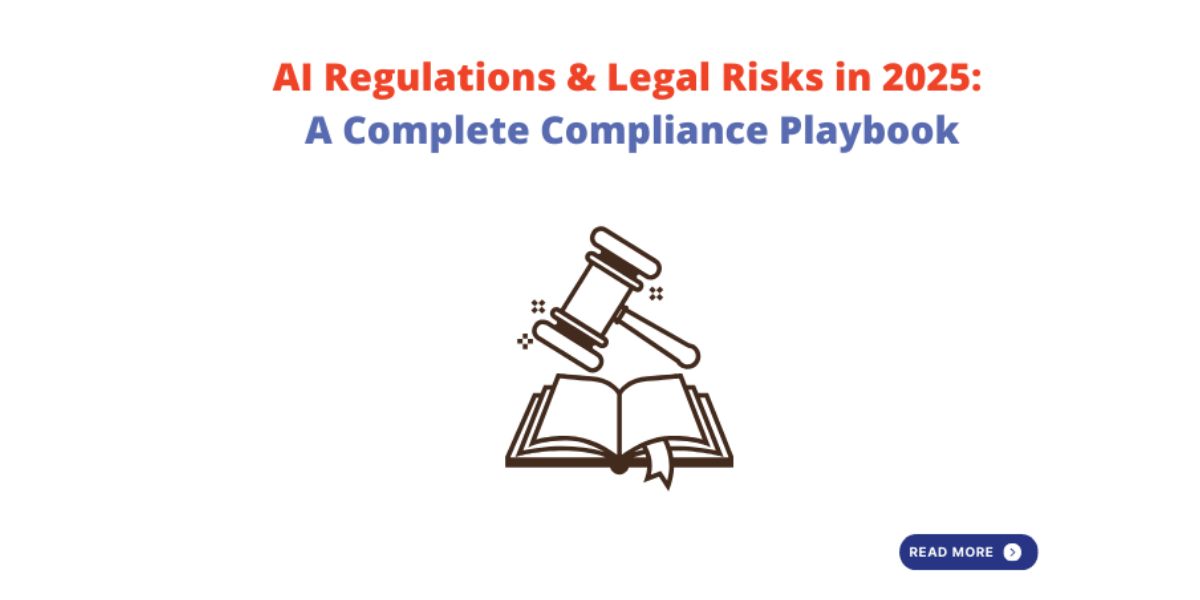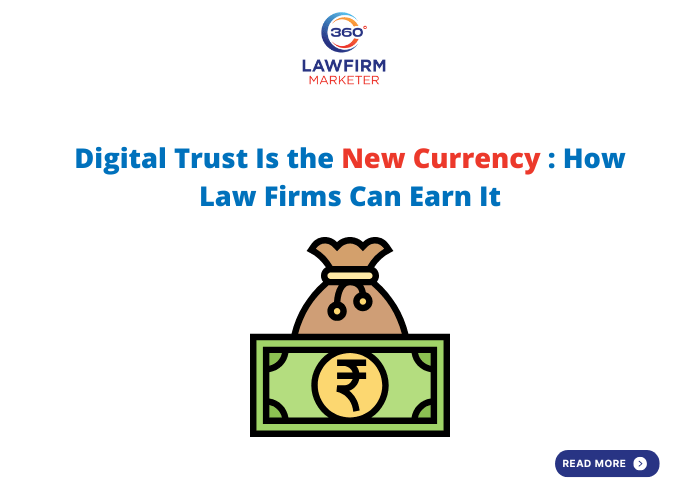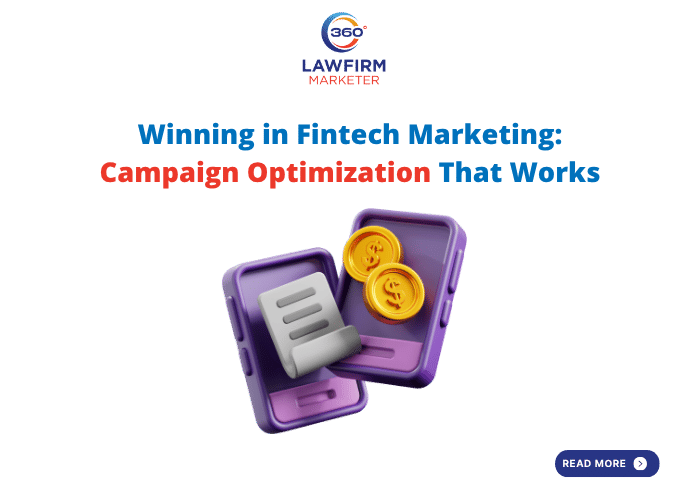
AI regulations is no longer a side project in the legal and corporate world. Professional grade tools are moving from pilots to production, while regulators rush to set guardrails and the gap between those who operationalize AI responsibly and those who don’t is widening fast. Recent surveys show legal adoption rising sharply, with lawyers reporting tangible productivity gains but also highlighting the need for ethics, security, and human supervision (as noted in a Thomson Reuters legal technology guide and Law.com’s recent coverage).
At the same time, the legal landscape is shifting underfoot. Courts and bar groups are reminding practitioners that competency now includes understanding AI’s benefits and risks, and that accuracy, confidentiality, and verification remain non negotiable. In short: the opportunity is real, and so are the liabilities if you get AI governance wrong.
A Patchwork Emerges Especially Around “HighRisk” Uses :
Mental health: Three states have moved decisively to limit or shape AI in therapy.
- Illinois introduced the Wellness and Oversight for Psychological Resources Act, which bars AI from providing therapy or making therapeutic decisions, allowing AI only for administrative or supplementary support with patient consent (as reported by Holland & Knight).
- Nevada passed AB 406, prohibiting offering AI systems that practice mental or behavioral healthcare or even representing that an AI can do so, while permitting administrative uses (covered by Wilson Sonsini).
- Utah took a more calibrated approach requiring conspicuous disclosures, narrowing when regulated professionals must disclose AI use, and imposing privacy limits for “mental health chatbots” (highlighted in Forbes).
Together, these laws signal that AI may assist clinicians, but it cannot be the clinician. Companies offering wellness or therapeutic features must implement statebystate feature flags, disclosures, and marketing controls to avoid unauthorized practice, deceptive claims, or privacy violations.
Deepfake fraud: Pennsylvania’s new “digital forgery” law criminalizes the use of AI to create nonconsensual forged likenesses (e.g., voice clones, deepfakes) to defraud or harm people, elevating offenses tied to scams like impersonating a grandchild to extract money (as reported by Citizens’ Voice). It includes carveouts for satire, parody, and certain lawenforcement uses, signaling how states may target AIenabled scams without chilling protected speech.
If your systems synthesize voices or images, expect heightened scrutiny of authentication, consent capture, and antiabuse tooling plus the need to respond rapidly to takedown or lawenforcement requests.
AI at Work: Procurement, People, and Policy Volatility:
The federal government’s posture is evolving. Executive Order 14319 directs agencies to procure only large language models that meet “truthfulness” and “neutrality” criteria, anchoring new procurement standards that could ripple through vendor roadmaps and enterprise deployments (as analyzed by Law and the Workplace).
Employmentlaw advisors are flagging the practical impact: preapproval for AI use in people management, guardrails against disparate impact, and monitoring of how federal policy shifts interact with a growing web of state rules (e.g., California ADS regulations, Colorado/Illinois algorithmic discrimination laws). Employers should expect more audits of hiring/discipline tools, clearer policies for “shadow AI,” and procurement diligence on bias, provenance, and explainability.
Meanwhile, corporate counsel outlets warn that as AI use increases, so do enterprise risks data leakage, bias litigation, IP conflicts, vendor instability, and regulatory investigations among them. The takeaway: embrace AI’s efficiency, but pair it with governance and strategic foresight.
Lessons from the Courtroom: “Trust, But Verify” Is Policy, Not a Slogan :
Courts continue to sanction “hallucinated” citations and misuses of generative tools. Legal teams have been fined for filing briefs laced with phantom authorities a problem solvable not by banning AI, but by training, process, and human verification. Treat AI like a sharp but green junior: valuable, but always supervised. Many courts now require disclosure or certification of AI use and verification, raising the stakes for sloppy workflows.
Interestingly, the discipline required here mirrors what digital marketers apply in backlink strategies verifying the credibility of sources before linking. Just as marketers avoid linking to lowauthority or spammy sites, legal teams must avoid relying on unverified AI outputs. The principle is the same: credibility and trustworthiness are nonnegotiable.
In-house teams should institute prompt libraries, mandatory citechecks, and “no ghost sources” rules for any courtfacing work. Track local standing orders and judgespecific requirements several resources and trackers catalog where disclosure is required and how far it goes.
Investigations & eDiscovery: Use the Right AI, With the Right AI regulations:
Not all “AI” is the same. Traditional analytics and predictive coding differ materially from generative LLMs. In investigations, GenAI can speed early case assessment, issue spotting, and drafting but should be paired with search terms, clustering, and TAR, with humanintheloop review to mitigate hallucinations and bias. Teams also need to reassess datasecurity implications of calling external LLMs during reviews.
Interestingly, the same principles that apply to search engine optimization (SEO) such as structuring queries effectively, ensuring relevance, and validating sources also apply when leveraging AI for legal investigations. Just as SEO aims to surface the most accurate and authoritative content, legal teams must design prompts and workflows that prioritize precision, compliance, and verifiable outputs.
Life Sciences: FDA’s AI Guidance Raises the Bar on Credibility :
In pharma and biotech, AI is reshaping discovery, trial design, and manufacturing and regulators are responding with riskbased frameworks. The FDA’s draft guidance lays out a sevenstep credibility assessment for AI models used to support regulatory decisions (safety, efficacy, quality). Sponsors should plan early for documentation on model risk, data governance, lifecycle maintenance, and performance metrics (as reported by the Food and Drug Law Institute).
A Pragmatic Compliance Roadmap (You Can Start This Quarter) :
Inventory & classify AI use. Catalog where AI lives across your organization legal research, HR, customer support, safety, R&D. Tag “highrisk” scenarios and capture model/vendor details, data flows, and jurisdictions served.
Policy & training, tuned to role. For legal teams: mandate human verification and disclosure compliance; for HR: preapproval for ADS/LLMs, bias testing, and logging; for product: rules on disclaimers and statespecific “feature flags.”
Procurement safeguards. Bake into contracts: datause limits, hallucination/error handling, modelchange notifications, and audit rights.
Product & marketing controls. In mentalhealth adjacent features, prohibit “therapist” claims; require conspicuous bot disclosures; block targeted ads against sensitive user inputs. This is also where digital marketing services teams must align with compliance ensuring campaigns don’t misrepresent AI capabilities or violate statespecific disclosure laws.
Final words:
2025 is the year AI stopped being “experimental” in the legal domain and became an operational capability that demands guardrails. The message from regulators and courts is consistent: adopt AI, but do so with human oversight, transparent documentation, and domainspecific controls especially in mental health, employment, and safetycritical contexts. Teams that operationalize these expectations now will unlock AI’s upside while staying ahead of scrutiny.





